Díky to je ale veliký gold 
Unique gold bulla from detectorist's find sold to British Museum for £250,000
Categories: Finds and rescue research abroad , Nálezy nejenom s detektorem ve Velké Británii a Irsku
A Bronze Age golden eyeball, discovered two years ago by an anonymous detectorist at an undisclosed location in Shropshire, has now been declared a treasure and sold to the British Museum. The significance of the find is reflected, among other things, in the price tag of over £7 million. Experts say it is the most significant Bronze Age find in England in a century...
The bulla is made of gold plate in the shape of a crescent and is decorated with delicate geometric patterns. The other side is stylized with sun symbols. It measures 3,7 cm in height and 4,7 cm in width. Metal analysis found it to be composed of 80% gold and 20% silver with copper, an alloy consistent with Bronze Age gold artefacts.
Pendants of this type are called bullae (Latin for 'bubbles') because they were made of gold plate with a convex cavity. The Shropshire bulla has been X-rayed and CT scanned. Material was detected inside, probably compacted soil, but it is still unclear whether this was deliberate filling or the result of a natural process where the bulla lay in the ground for 3,000 years.
Neil Wilkins, the British Museum's curator of the Bronze Age, says the moment he first saw the pendant he dropped everything on the ground: 'I was absolutely stunned, I couldn't believe my eyes. For me, this is the most important find from this period," he said. According to him, it could easily be passed off as an example of typical "art deco" jewellery from the 1930s. In fact, it is a 3,000-year-old masterpiece: "The skill and care with which the pendant was made is remarkable. It is simply beautiful!“
The pendant was declared a treasure by local coroner John Ellery on January 31. The Treasure Valuation Committee subsequently set its market value at £250,000 (about 7.3 million crowns).With the support of the American Friends of the British Museum and the Art Fund, the British Museum was able to acquire one of the most important Bronze Age artefacts for its collection.
The Shropshire Sun Bull is one of the few similar Bronze Age objects known today. Controversial finds are known across Europe. This one is about 3,000 years old, and a second similar one was found in a grave near Manchester in 1722 during the dredging of the Irwell Canal. The so-called "Manchester Bull" was sold into private ownership in 1806 and has not been heard of since. Six other similar pendants are known from Northern Ireland. All date from the Late Bronze Age between 1000 and 750 BC.
The unique pendant was discovered using a metal detector. Although it is unusual, the identity of the finder and the owner of the site has been withheld from the public in both cases at their own request, as has the exact location of the find. Archaeologists from the British Museum, in collaboration with Trent & Peak Archaeology and University College Cork, examined the site in detail and found that the site was a Bronze Age wetland. It is therefore highly likely to be a votive deposit.
The first public display of the bulla will take place this November at Shrewsbury Museum and Art Gallery in Shropshire near the site. On its return to the British Museum, the bulla will take up its permanent place near the so-called 'Mold Gold Cape', an absolute masterpiece of Bronze Age metallurgy found in North Wales in 1833.
Roman Nemec
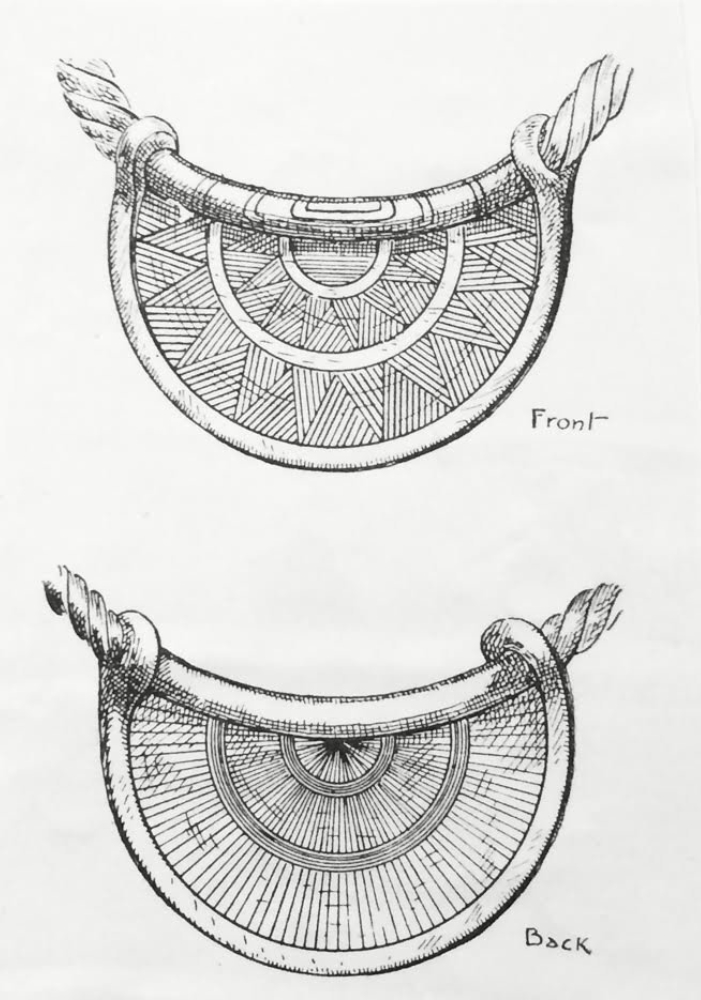
Manchester's Lost Bull

Mold Gold Cape
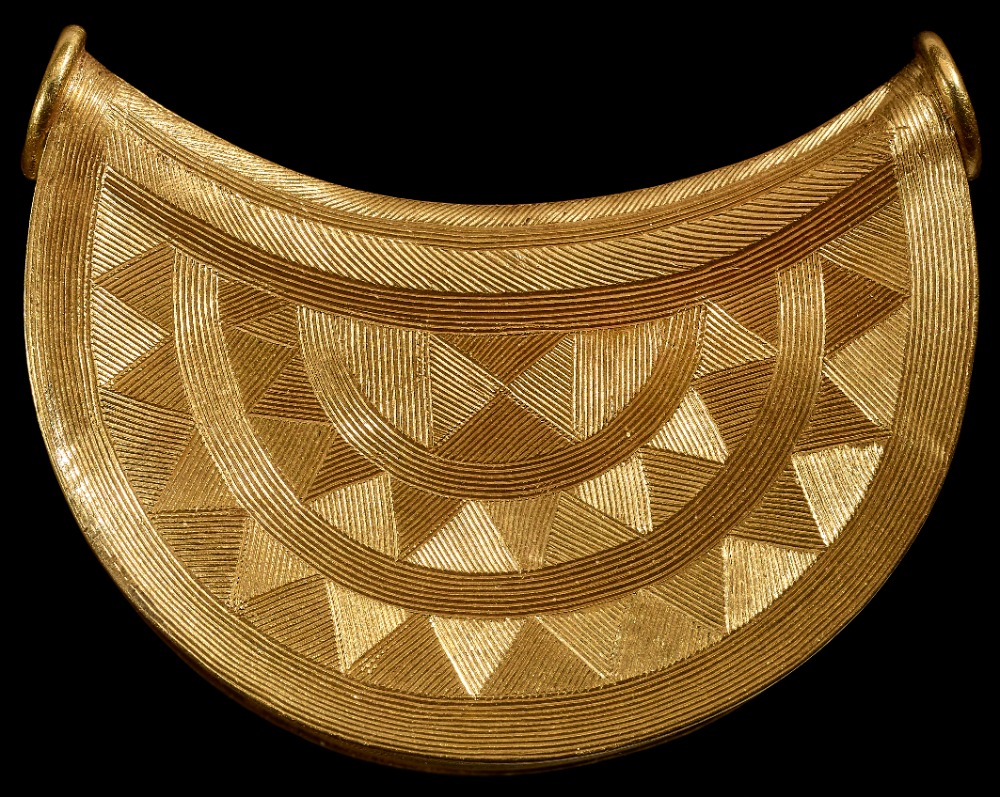
Shropshire Sun Bull from behind
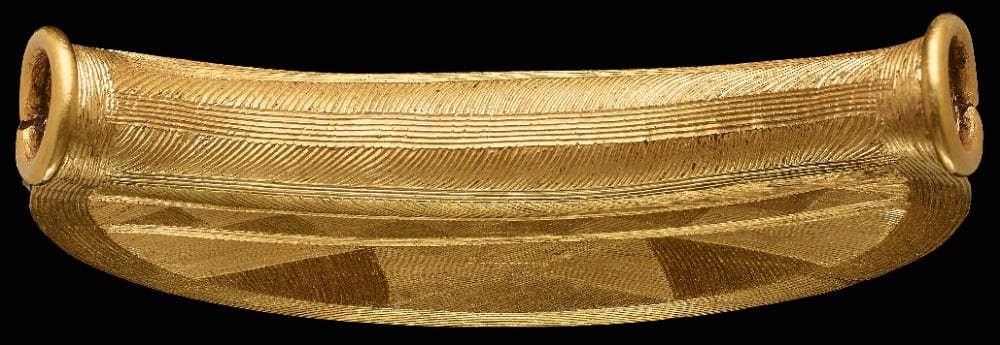
from above
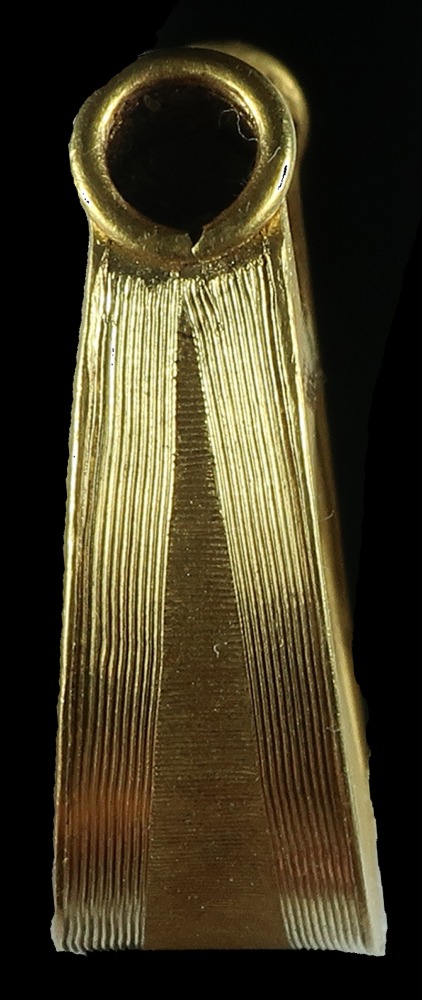
Shropshire Sun Bull second side
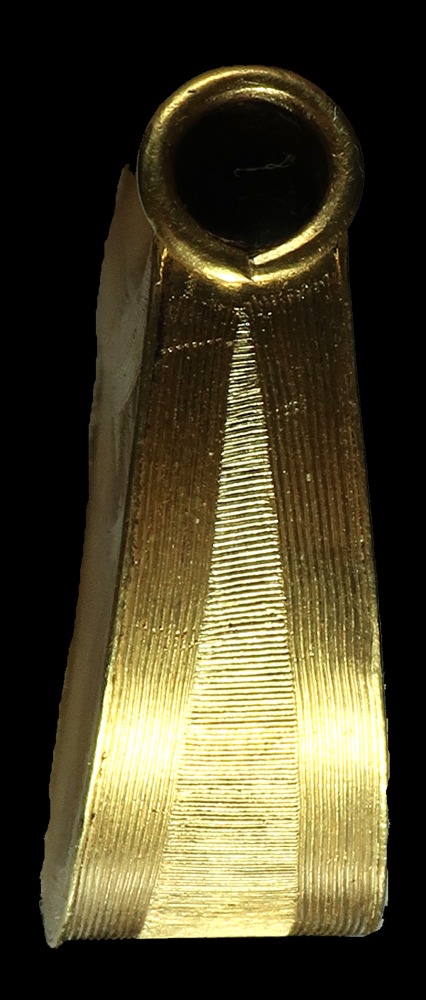
Shropshire Sun Bull Sideways
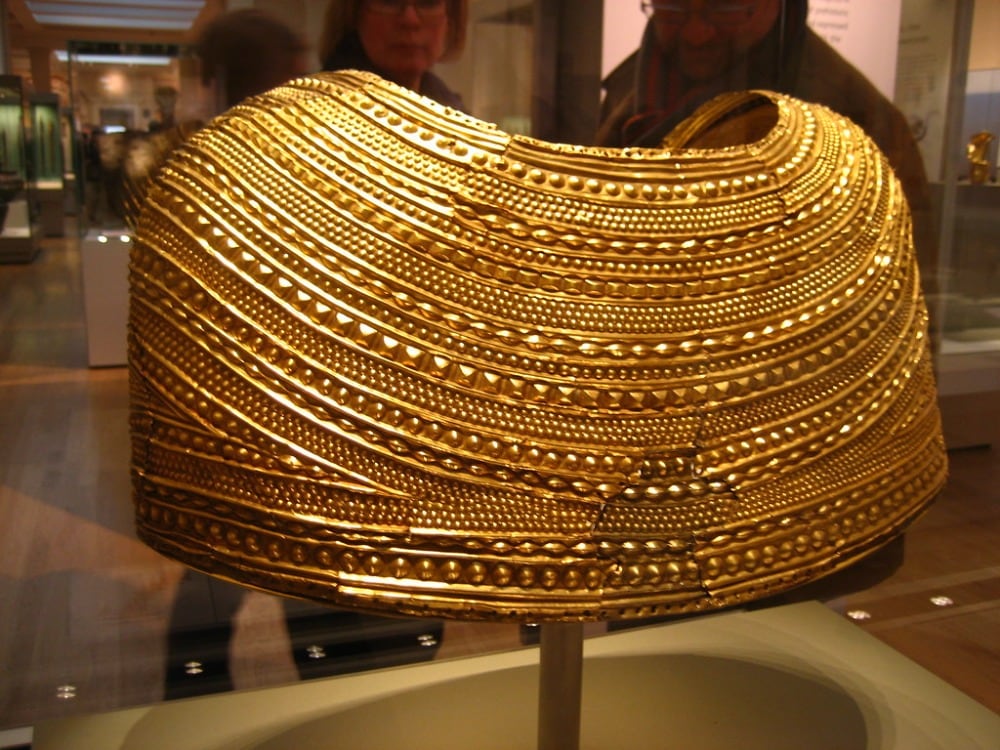
Mold Gold Cape
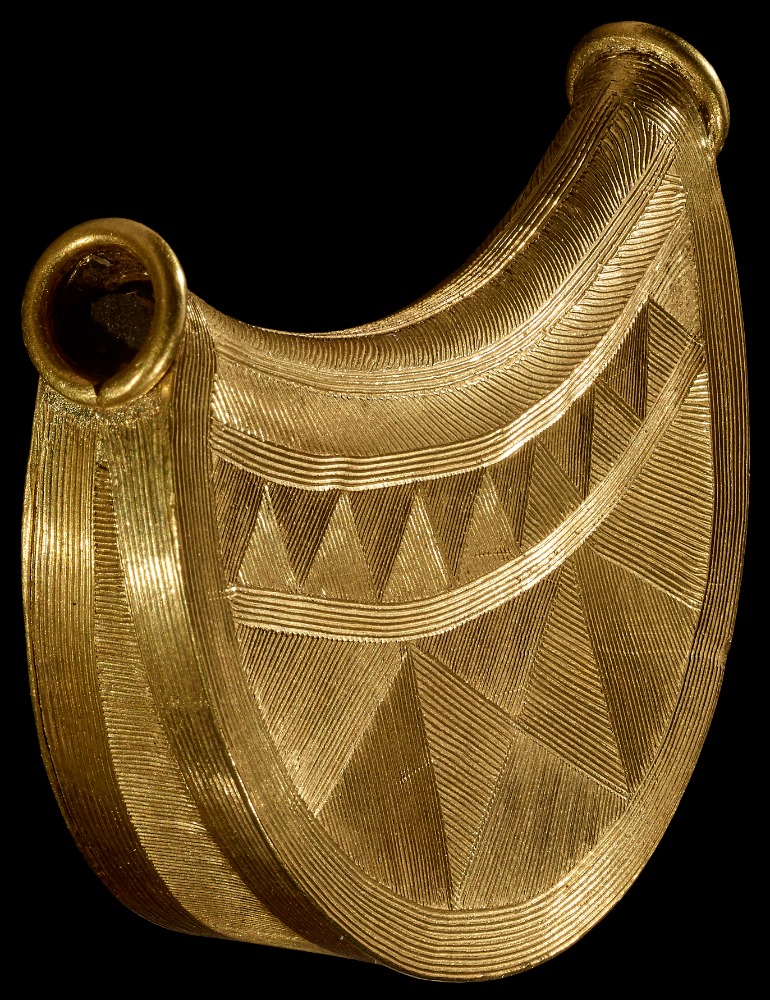
Shropshire Sun Bull
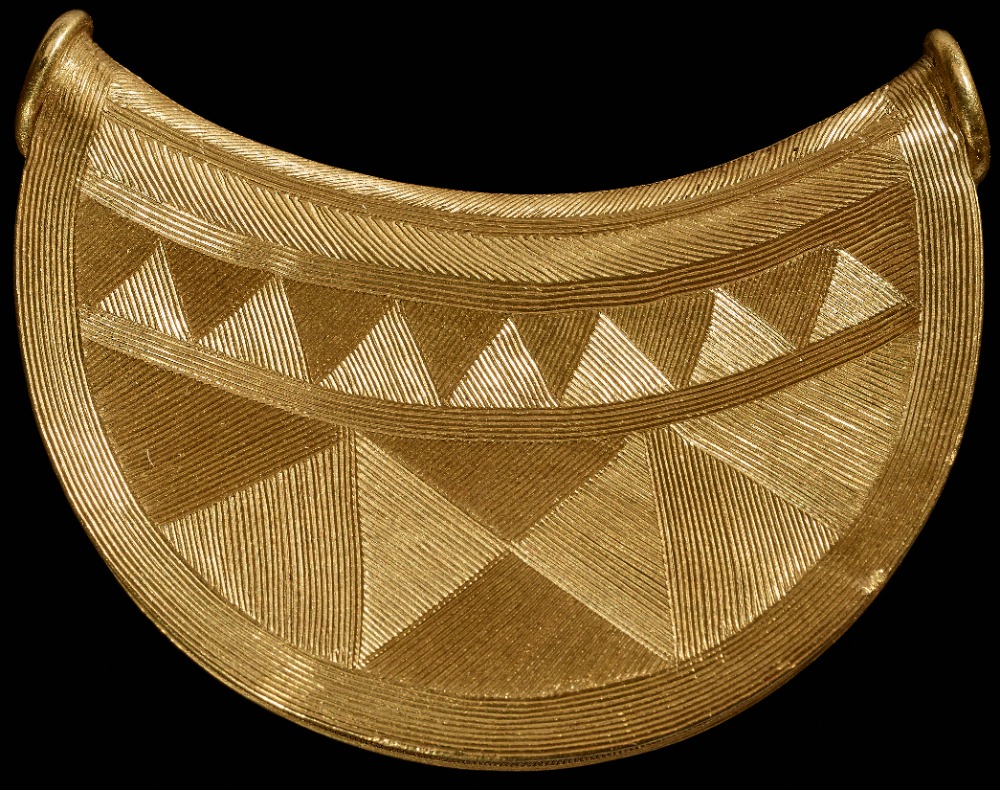
Shropshire Sun Bull from the front
Roman Nemec
Sources: dailypost.co.uk, thehistoryblog.com, whatsonlive.co.uk
The article is included in categories:











 Díky!
Díky!